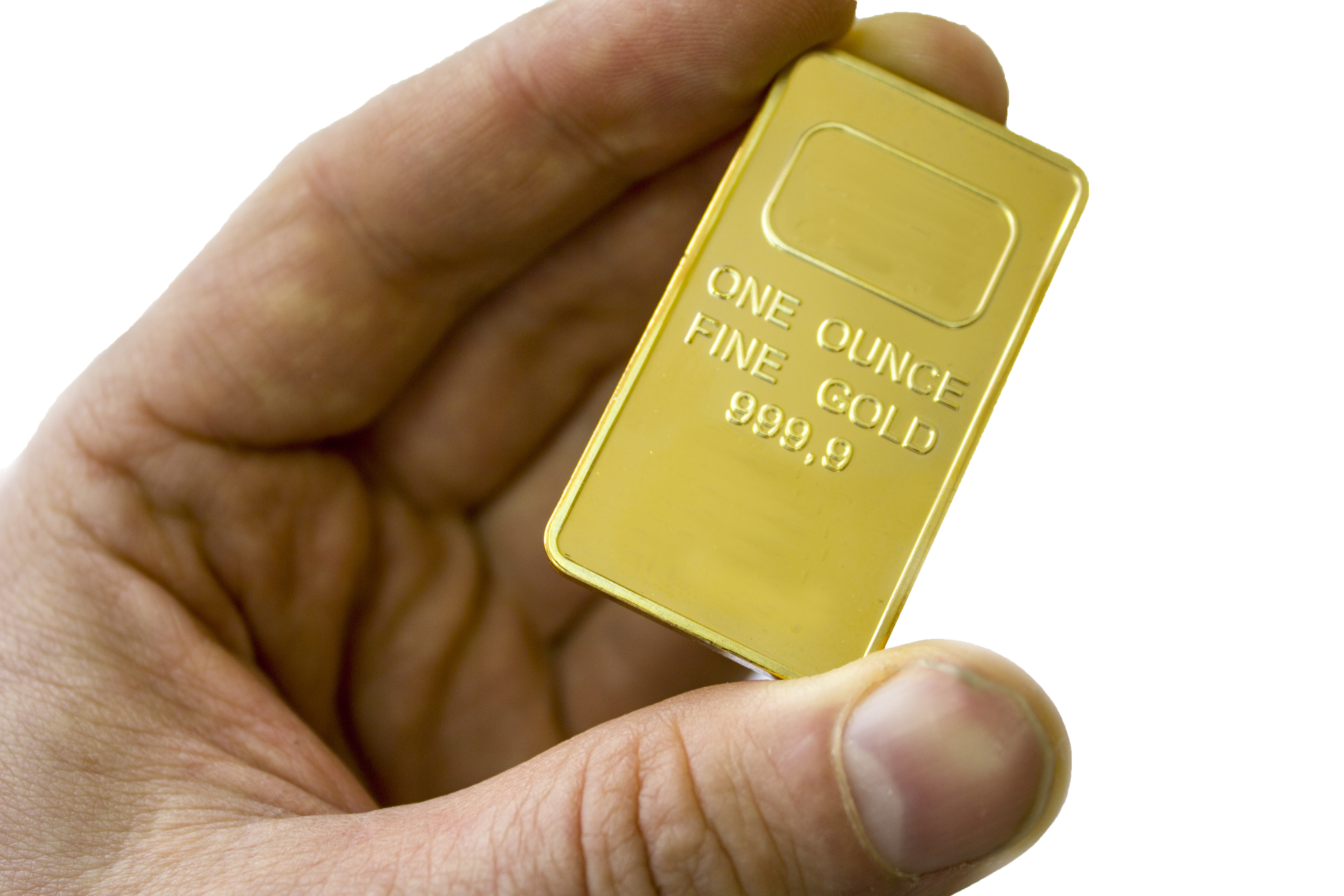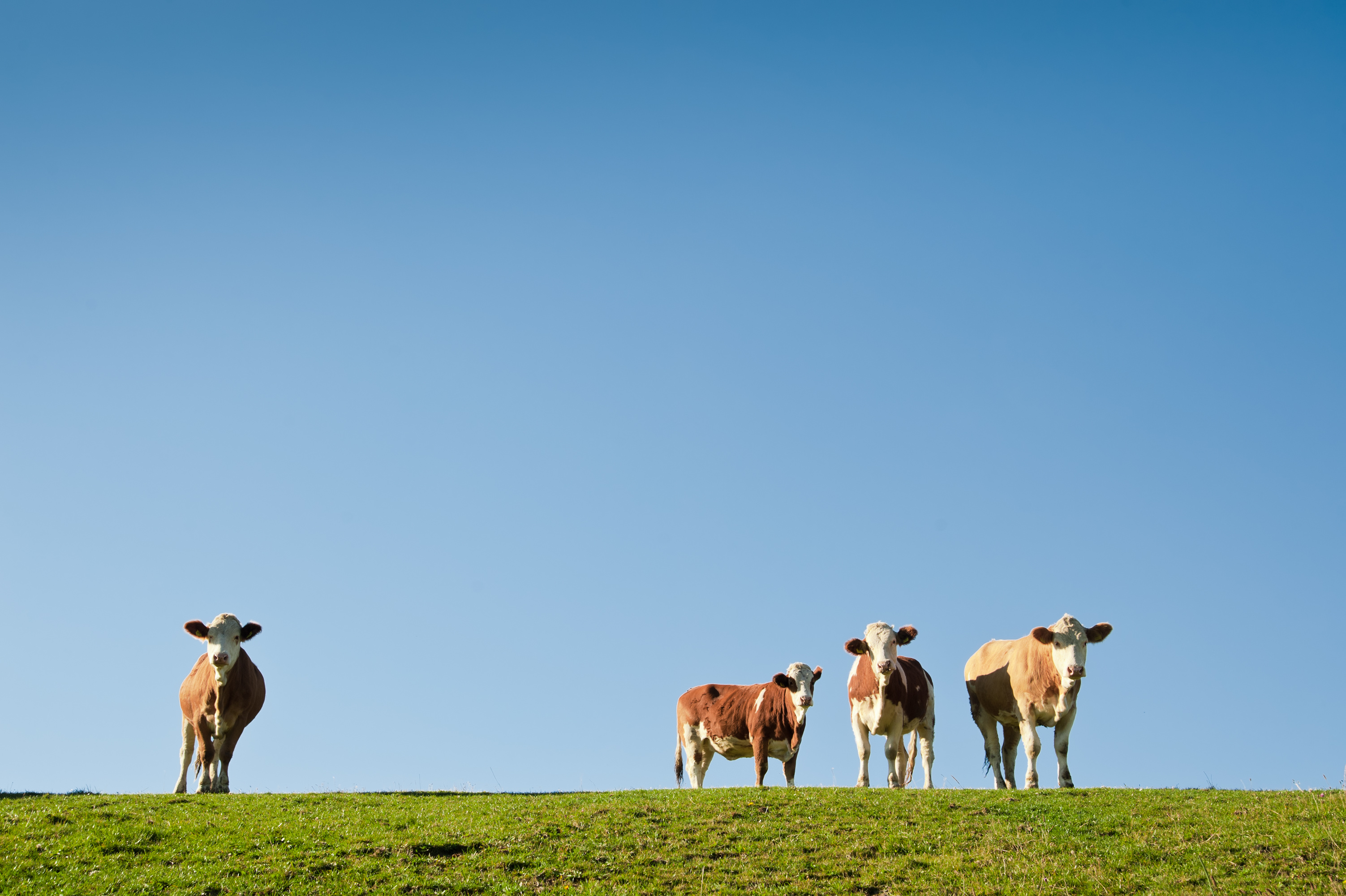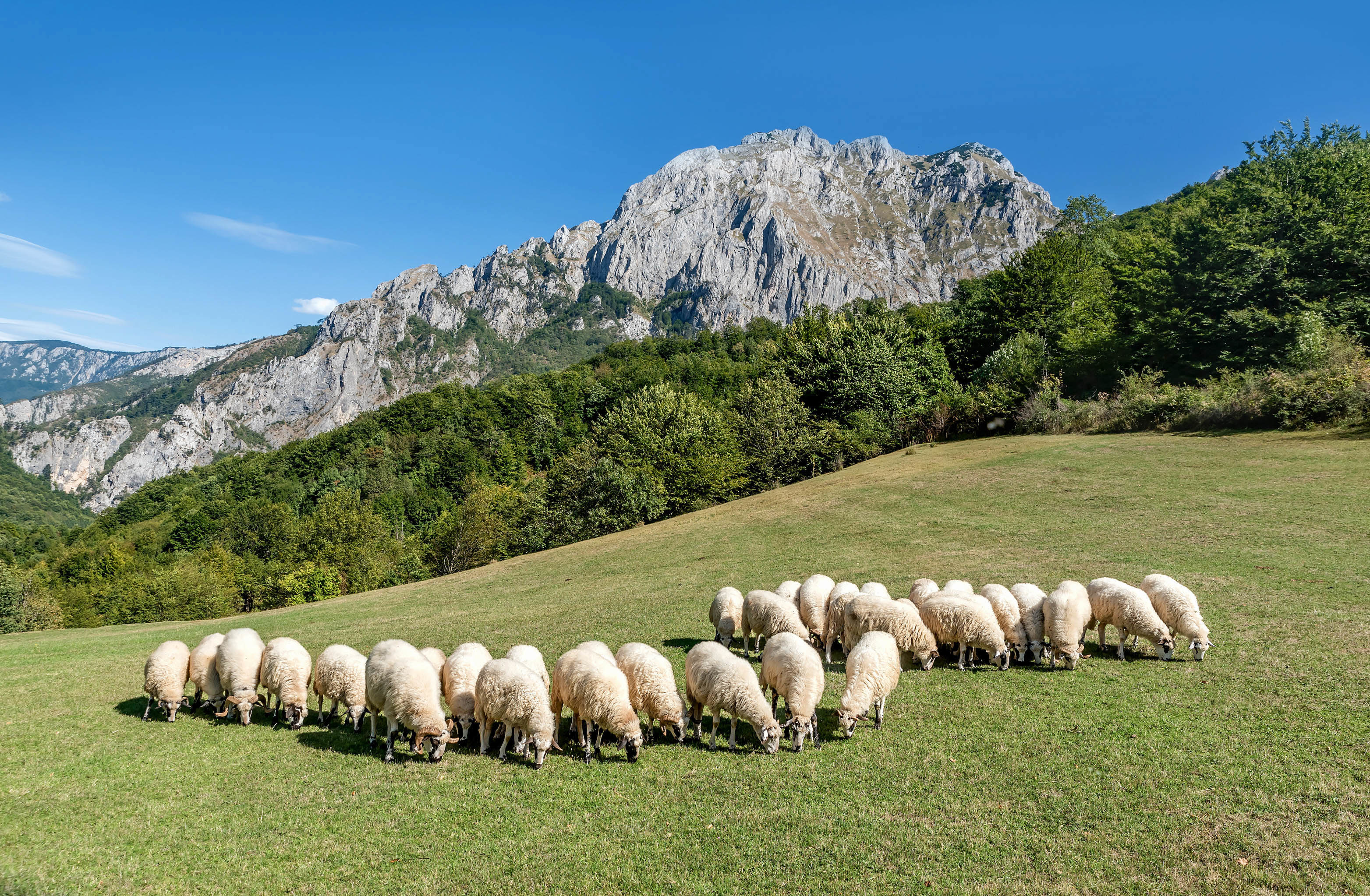


To give you a rough picture of relative values during the Viking Age, the items in each of the above photos would have approximately equal value:
8 ounces of silver = 1 ounce of gold = 4 cows = 24 sheep
This post calculates my estimate of the price of gold and silver during the Viking Age. The point estimates from my long string of assumptions are:
- $550 for an ounce of silver
- $4,400 for an ounce of gold
Some comparisons of relative values of precious metals and products are discussed in Units of measure and relative value in the Viking Age.
To develop an estimate of precious metal prices, I’ll use the data from Hurstwic. They are a group that provides training on Viking combat techniques.
They provide some estimates of relative value and provide multiple data points that can be cross referenced. I’ll keep my eye open for other reference points.
Here is what they provide on their page, Towns and Trading in the Viking Age. Yet another shaky simplifying assumption is that this analysis assumes data from Iceland early in the 11th century is somewhat representative of relative values across the Viking age. Here are their estimates:
- 8 ounces of silver = 1 ounce of gold
- 8 ounces of silver = 4 milk cows
- 8 ounces of silver = 24 sheep
- 8 ounces of silver = 144 ells of wool cloth (standard size mentioned above)
- 12 ounces of silver = 1 adult male slave
Obviously slaves are not a frame of reference we can work with.
At some later time, I’ll try to adjust the time to make cloth in the pre-Industrial Revolution era to the modern era and work that back to the Viking Age. Challenge there is to find some factor to adjust from amazingly low automated costs today back to the labor intensive time before the Industrial Revolution.
Simplifying the data from Hurstwic, I get:
- 8 oz silver = 1 oz gold
- 2 oz silver = 1 dairy cow
- 2 oz silver = 6 sheep
- 1 dairy cow = 6 sheep
Estimation of silver and gold price from one dairy cow
I estimated What is a cow worth today? That provides a framework for valuation in ancient times.
In that discussion, I developed the following estimate:
- $1,000 – average cost of a cost, weighted toward the price of a culled cow
- $1,250 – assumption that a productive cow is worth more than a culled cow, with my wild guess that 25% is a plausible estimate of the relative value.
- I will use those estimates to develop a range. Here is my calculation:
- $1,000 to $1,250 – current price of a cow, assuming that is best comparison to “a cow” in Iceland during the 1000s.
- x 1 – relative value of 1 cow to 2 ounces of silver
- = $1,000 to $1,250 – current price of 1 cow or 2 ounces of silver
- / 2
- =$500 to $625 – current price of one ounce of silver in 1000s, imputed from today’s price of 1 cow
- x 8 – ounces of silver that equal 1 ounce of gold
- =$4,000 – $5,000 – range of price of gold in 1000s, imputed from today’s price of 1 cow
Estimate of silver price from one sheep
I also estimated What is the market value of sheep? in an earlier discussion.
My estimates:
- $150 – looks to be about the best estimate for a productive ewe
- $200 – price for a productive ewe, rounded off to a single significant digit and giving more weight to the more analytically focused articles found.
I will use both of those estimates to develop a range. Here is my calculation:
- $150 to $200 – current price of a productive ewe, assuming that is best comparison to “a sheep” in Iceland during the 1000s.
- x 6 – relative value of 6 sheep to 2 ounces of silver
- = $900 – $1,200 – current price of 6 sheep or 2 ounces of silver
- / 2
- =$450 – $600 – current price of silver in 1000s, imputed from today’s price of 1 sheep
- x 8 – ounces of silver that equal 1 ounce of gold
- =$3,600 – $4,800 – range of price of gold in 1000s, imputed from today’s price of 1 sheep
Reduction of range of estimates
Just so that I can show my work (think back to your days in algebra class!) here is a recap of my estimates (okay, maybe my long string of wild guesses):
- $500 – $625 – 1 ounce of silver imputed from price of 1 cow
- $450 – $600 – 1 ounce of silver imputed from price of 1 sheep
- $4,000 – $5,000 – 1 ounce of price of gold imputed from price of 1 cow
- $3,600 – $4,800 – 1 ounce of gold imputed from price of 1 sheep
That gives outside ranges as follows:
- $450 – $625 – 1 ounce of silver
- $3,600 – $5,000 – 1 ounce of gold
To determine a point estimate, I’ll take the average of the low from imputing price of cow and the high of imputing price of sheep. That gives the following estimates:
- Silver – $550 – estimated current price of an ounce of silver in Iceland during the 1000s.
- Gold – $4,400 – estimated current price of an ounce of silver in Iceland during the 1000s.
Limitations
Keep in mind those estimates are nothing more than the arithmetical results of a very long string of assumptions based on limited data points for current values.
Yet another implied assumption is that a modern, well-bred, well-fed, inoculated, veterinarian-attended, higher-weight, pest-free cow today makes a good point of comparison to a cow lacking all those protections 1,000 years ago. Perhaps all those estimates need to be doubled or tripled to reflect the radically higher health and production from a modern cow. Maybe one cow today produces as much food as three cows did 1,000 years ago.
The basic point is that everything I’ve read shows a relative value of precious metals being far higher in ancient times that today.
Just to illustrate the concept, on the day I wrote this post, spot price for silver was $16.43 and spot price for gold was $1,278.80. Two ounces of silver are worth $32.86 today.
Try offering a rancher two $20 bills for one of his cows. Or try offering him $32.86 for six of his sheep. Let me know how that goes.
3 thoughts on “Estimate of price of silver and gold in Viking Age”
I just stumbled on your web page, specifically regarding the Vikings precious metals breakdown assumption. Fascinating. Thank you!